Are you new to film photography and wondering which camera format to use? Or are you a seasoned pro looking to expand your horizons? Either way, understanding the differences between 35mm, medium format, and large format cameras can help you make informed decisions about your camera equipment.
Let's start with the basics: what exactly do we mean by "format"? In photography, format refers to the size of the film negative that the camera produces. The larger the negative, the more detail and resolution the camera can capture.
35mm Format
Most people are familiar with 35mm cameras, also known as "small format" cameras. They're popular because they're portable, relatively affordable, and easy to use. 35mm film produces a negative that's 36mm wide and 24mm tall, with a 3:2 aspect ratio.
While 35mm cameras are perfect for everyday use, they have some limitations. Because the negative is relatively small, you can't enlarge the image as much as you can with larger formats without sacrificing image quality. Additionally, the smaller negative means there's less room for error when focusing or exposing the shot.

Medium Format
Medium format cameras produce negatives that are significantly larger than 35mm. They're usually square (6x6cm) or rectangular (6x4.5cm or 6x7cm), with a 1:1 or 4:3 aspect ratio. Medium format cameras come in a range of sizes and styles, from compact rangefinders to studio-ready SLRs.
The larger negative size of medium format film allows for greater detail and resolution, as well as more room for cropping and enlarging images. Because the negatives are larger, they can also handle more extreme exposure and lighting conditions than 35mm.
However, medium format cameras can be more expensive and bulky than 35mm cameras, and they require more careful handling and storage to avoid damage to the film.

Large Format
Large format cameras produce the largest negatives of any film format. They're often used by professional photographers for fine art, architecture, and landscape photography. Large format negatives can range in size from 4x5 inches to 8x10 inches or larger.
Because the negatives are so large, large format cameras are typically heavy, bulky, and expensive. They also require a lot of skill and patience to use, as they often involve manual focus and exposure settings. However, the resulting images are incredibly detailed and sharp, with a wide dynamic range and a unique look that's hard to replicate with smaller formats.

Conclusion
Choosing the right camera format depends on your photography goals, budget, and personal preferences. If you're just starting out with film photography, a 35mm camera is a good place to start. As you gain more experience and want to explore larger formats, medium format and large format cameras can offer more creative possibilities.
Remember, the camera format is just one aspect of film photography. Other factors, such as film type, lens choice, and exposure settings, also play a significant role in the final image. So experiment, have fun, and don't be afraid to try new things!
